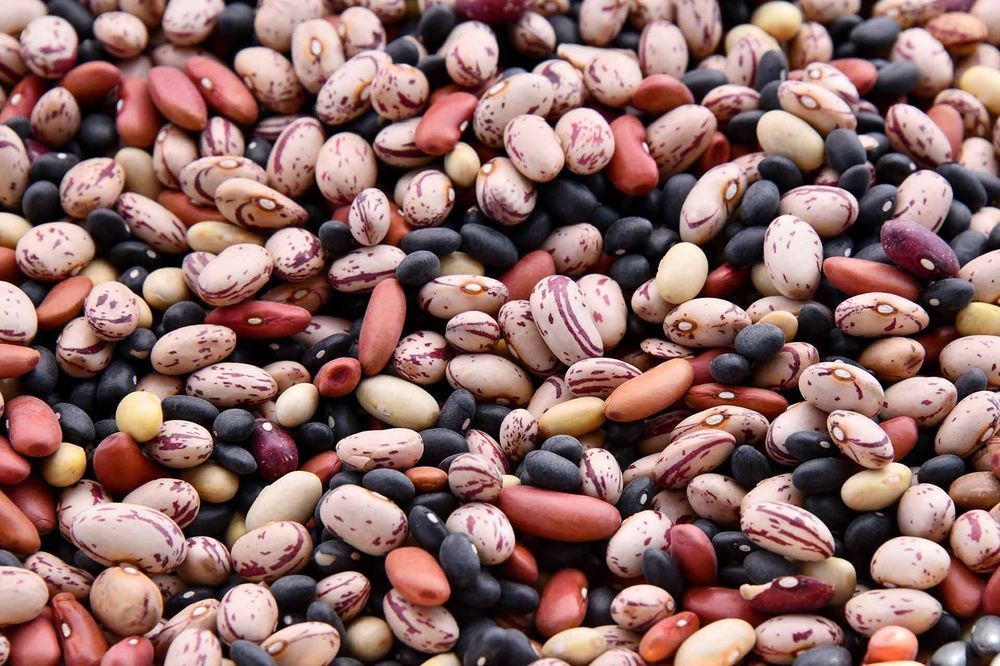We also discovered that our protein is located at the plasma membrane, the boundary between the inside and outside of a cell. This is critical. We are putting stock in the idea that this transporter moves sucrose from the outside of cells and into the phloem. To perform this function, its location on the plasma membrane is a must.
MSU-DOE Plant Research Laboratory (PRL) scientists have characterized a sucrose transporter protein found in common beans. The recently discovered protein could help us understand how beans tolerate hot temperatures. The transporter, called PvSUT1.1, is reported in the journal Plant Direct.
During photosynthesis, bean leaves capture carbon dioxide from the air and convert it into sugars that fuel their growth and development. Most species transport these sugars throughout the plant in the form of sucrose.
The sucrose travels through a system of vein-like highways, called the phloem, that permeates the entire plant body. A group of helper proteins, aptly called sucrose transporters, load that sucrose from their origin cells into the phloem for transport to growing tissues, such as flowers and fruits.
